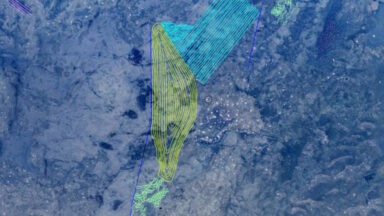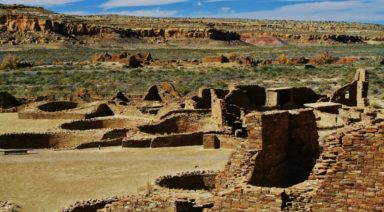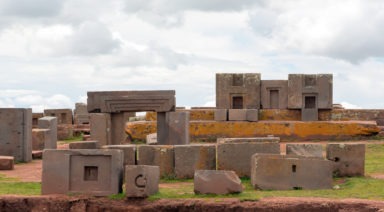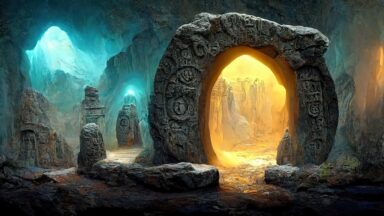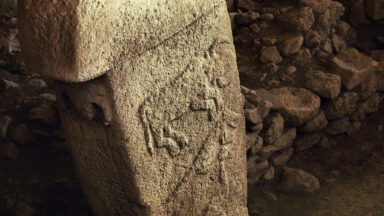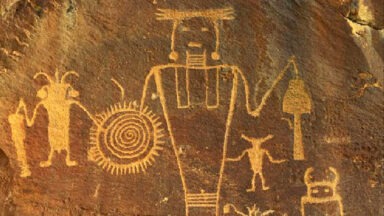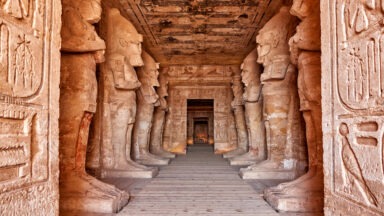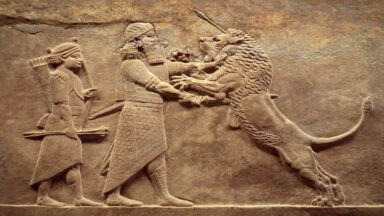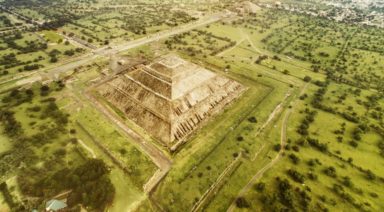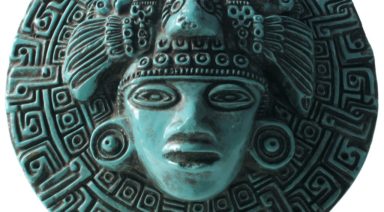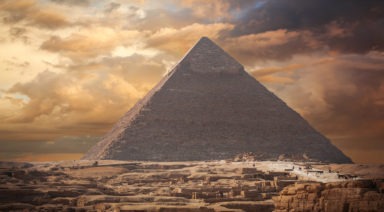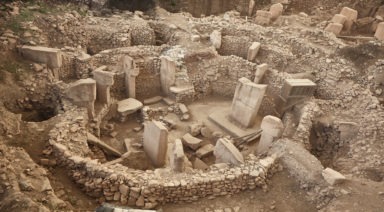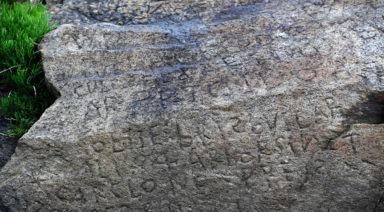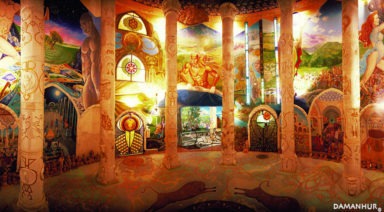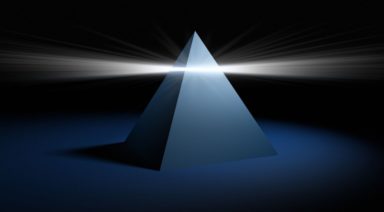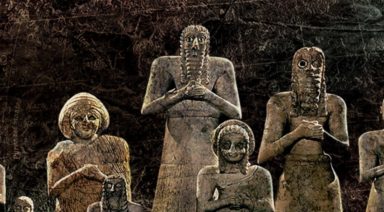Artificial Intelligence Uncovers More Than 140 New Nazca Lines
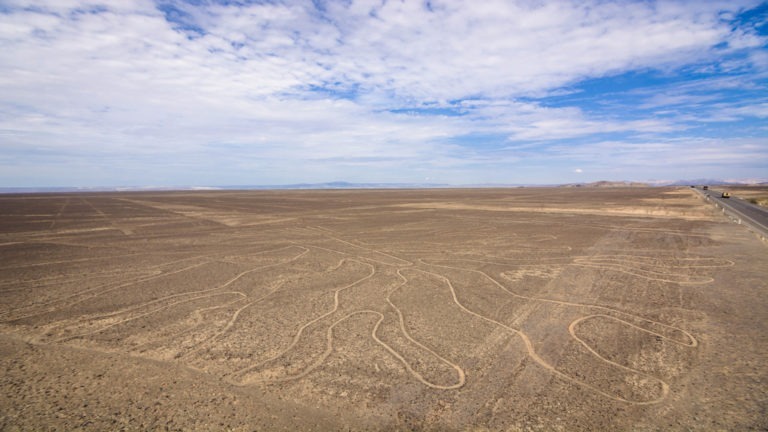
Since Peruvian archaeologist Toribio Mejía Xesspe first discovered the Nazca lines in the 1920s, — giant images etched into the earth across Peruvian plateaus — they have been the subject of great speculation, with scientists searching for a logical explanation and others wondering if they are signals and symbols reaching out to alien life forms. The Nazca geoglyphs are so tremendous in their proportions (some of which measure up to 1,200 feet long) and so incomprehensible on the ground that their messages seem aimed at viewers who must have been airborne. And now, even more of these geoglyphs have been discovered in Peru, further baffling the already baffled investigators. While these latest finds are exciting, it seems that scientists are no closer to resolving the mystery of why they were created.
About the New Nazca Geoglyphs
With the help of the latest technology, a treasure trove of Nazca lines, located on the Peruvian Nazca Pampa and surrounding areas, have been detected. Japanese research scientists reported that a joint feasibility study between Yamagata University and IBM Japan (2018–2019), utilizing IBM Power Systems servers and AI, has resulted in successful geoglyph recognition. The research team, led by Professor Masato Sakai (cultural anthropology, Andean archeology) at Yamagata University, Japan, identified new geoglyphs depicting people, animals, and other beings — but what remains unknown are the people — or beings —who created the Nazca lines.
Essentially, artificial intelligence has been able to glean enough information from ancient, faded, and incomplete geoglyphs to make visual sense of them. The New York Times reported that researchers combined onsite fieldwork with the most modern tools, including satellite photography, high-resolution 3-D imaging and, in one case, artificial intelligence.
University researchers noted that “the biomorphic geoglyphs are thought to date back to at least 100 BC to AD 300. Additionally, in a feasibility study carried out from 2018 to 2019 together with IBM Japan, the university discovered one new geoglyph by developing an AI model on the AI server IBM Power System AC922 configured with the deep learning platform IBM Watson Machine Learning Community Edition (formerly known as IBM PowerAI). This study explored the feasibility of AI’s potential to discover new lines and introduced the capability to process large volumes of data with AI, including high-resolution aerial photos, at high speeds. This represented the first glyph at the site discovered by an AI.”
Who Discovered the Nazca Lines?
Back in 2011, one of the newer geoglyphs discovered by the same team of Japanese scientists has been interpreted as a scene of decapitation. At about 4.2 meters long and 3.1 meters wide, this particular image is far smaller than other Nazca figures and is not easily noticeable from aerial surveys. This discovery confirmed what anthropologists already knew about the Nazca people — that they were known to collect “trophy heads.”
In 2016, the same team of Japanese researchers discovered a 98-foot-long depiction of a creature with its tongue sticking out. The creature, which is deemed to be mythical in nature, sports a body marked with spots and numerous legs. Two years later, Peruvian archaeologists announced that they had, with the help of drone technology, discovered more than 50 new images in the same geographical region, and were able to map the landmarks in unprecedented detail.
This newest crop of Nazca line drawings includes a broad variety of animals, including camelids, a group of mammals that includes llamas and alpacas; cats; fish; and snakes.
The Mystery of the Nazca Lines
Anthropologists have good reason to suggest that the Nazca culture, which came onto the scene at around 100 B.C.E. and flourished from A.D. 1 to 700, were the artists behind the majority of the images at the Nazca lines location. Perhaps both the Chavin and Paracas cultures, which predated the Nazca by several centuries, may have also created some of the now-famous depictions. The Chavin inhabitants believed their priests communicated with various gods, and to honor them, they constructed huge sculptures. The Paracas people, who dated back to around 600 B.C.E., were known to be skilled in ceramics and mummification. Many mummies found in the Necropolis period featured elongated skulls, which is yet another mysterious aspect of the legacy of early Peruvian peoples.
To etch their gigantic images into the desert floor, the ancient artists were aided by the naturally occurring layer of iron oxide-coated pebbles, the color of deep rust. Designs were made by removing the top 12 to 15 inches of rock, in order to reveal lighter-colored sand below. Scientists believe those who made them likely began with small-scale models and carefully increased the models’ proportions to create larger designs.
Regardless of all that has been discovered, and perhaps the means of fashioning such magnificent depictions, scientists have yet to offer a plausible — or satisfactory — explanation as to why the images were made in the first place. Most are only visible from great heights above the ground’s surface. So the question remains as to who these etchings were meant for and whether they were ancient landing guides or messages to beings capable of automated flight.
NBC News reported that some researchers are now speculating the new Nazca lines “may have once been a labyrinth with a spiritual purpose.” The new insight is the result of the work of two archaeologists who used “a decidedly low-tech method to understand the sand drawing’s ancient secrets” by walking over the lines. However, this theory hardly explains many of the newer findings that are much, much smaller than the originals discovered in the 1920s, and so the mystery of the Nazca lines (and who created them) persists.
Those who are far more broad-minded in their approach often argue that scientists are impeded by a materialistic philosophy that excludes the role of advanced civilizations. Perhaps early peoples were merely trying to communicate with visitors from elsewhere in the solar system — or beyond. Given the depictions of space travel and aliens in artifacts found across the globe and combined with the admissions of myriad worldwide government that UFOs are real, the ancient alien idea may not be so far-fetched.
Mysterious Geoglyphs in India Are Largest Ever Discovered
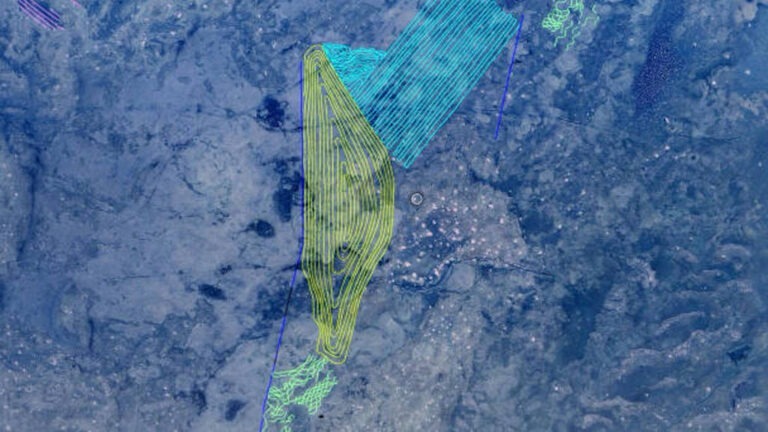
Researchers discovered the world’s largest geoglyphs in the Great Indian Desert. Will their findings reveal who made these giant, enigmatic designs, and why?
Geoglyphs are sprawling designs made by digging into the Earth or piling up stones to form what mostly appear as geometric lines, and more rarely, as humans and animals.
Usually only fully visible from above, they can be found all over the world with some dating back to prehistoric times, and others quite recent. The most famous to date are the Nazca lines in Peru. While there are various theories around their builders and function, none have been proven and continue to be widely debated.
Carlo Oetheimer is an independent researcher of geomorphology, the study of Earth’s landforms. While conducting a Google Earth survey of India, he and his son Yohann Oetheimer, made a fascinating discovery.
“I was traveling all over the desert, and suddenly I found lines in the desert similar to the Nazca lines. I was amazed, and I said, ‘Oh, what’s that?’ I found one place, then two places, then eight places almost. That was the way I found the Thar Desert Boha geoglyphs,” C. Oetheimer said.
“So, under Google Earth’s images, we could see a concentric spiral — concentric lines. We didn’t really know at that point what they were, but we had to go on the site, on the field, to understand them better,” Y. Oetheimer said.
When the researchers visited the desert site in India’s Rajasthan region, what they found astounded them.
“We brought a drone with us to be able to take aerial photos of the geoglyphs. With the drone images we could finally see the true form of the line, which is a spiral,” Y. Oetheimer said.


